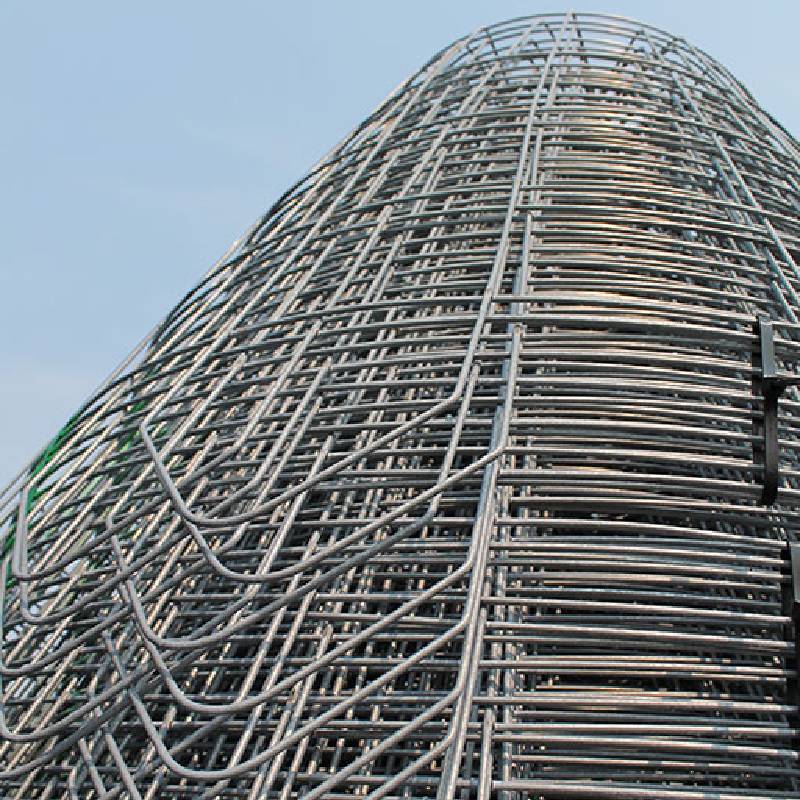
- Mobile Phone
- +8613931874955
- sales@cntcmetal.com
Galvanized Brick Ties for Enhanced Structural Stability and Durability in Construction
Understanding Galvanized Brick Ties Importance, Benefits, and Installation
In the world of construction, the choice of materials plays a crucial role in ensuring durability and stability. One such essential material is galvanized brick ties, which are integral in masonry construction. These ties contribute to the overall structural integrity of buildings by providing essential support and reinforcement.
What Are Galvanized Brick Ties?
Galvanized brick ties are metal connectors, typically made from steel, that are coated with a layer of zinc to prevent rusting and corrosion. This galvanization process enhances their durability, especially in environments prone to moisture and extreme weather conditions. The primary purpose of these ties is to secure brickwork to a supporting structure, such as a steel or wood frame, ensuring that the masonry remains stable and aligned over time.
Importance of Brick Ties in Construction
Brick ties serve several critical functions in masonry construction. Firstly, they act as a bond between the masonry wall and the structural framework. This connection is vital for preventing lateral movement of the brickwork, which can occur due to wind loads or thermal expansion and contraction. By providing this support, brick ties help to maintain the structural integrity of the wall, preventing cracks and potential collapse.
Secondly, galvanized brick ties can assist in controlling moisture. Improperly installed brickwork can lead to water infiltration, which may damage the interior structure of a building. By using these ties, builders can ensure that there is an air space between the brick and the frame, reducing the risk of moisture buildup and promoting better ventilation.
Benefits of Using Galvanized Brick Ties
1. Corrosion Resistance The galvanization process provides a protective layer that makes the ties resistant to rust and corrosion. This property is particularly important in regions with high humidity or near bodies of water, where traditional steel ties may fail over time.
galvanized brick ties

2. Increased Durability Galvanized brick ties typically have a longer lifespan compared to non-galvanized options. This longevity means less frequent replacements and repairs, translating into cost savings for builders and homeowners alike.
3. Structural Integrity By ensuring that brickwork is securely tied to its supporting structure, galvanized brick ties help maintain the overall health of a building. This stability is crucial, especially for multi-story buildings where the weight of the masonry can place significant stress on the frame.
4. Ease of Installation Galvanized brick ties are relatively easy to install. They are typically lightweight, which simplifies handling during construction, and come in various shapes and sizes to accommodate different types of masonry and structural configurations.
Installation Considerations
When installing galvanized brick ties, it is essential to follow local building codes and manufacturer recommendations to achieve optimal performance. Ties should be spaced correctly—usually every 16 to 24 inches vertically and 24 to 36 inches horizontally—depending on the height and weight of the brick wall.
Additionally, it's crucial to ensure that the ties are properly embedded in the mortar joint for effective transfer of loads and to prevent slippage. Regular checks and maintenance should also be conducted to ensure that the ties remain in good condition throughout the life of the building.
Conclusion
In summary, galvanized brick ties are a fundamental component in modern masonry construction, providing crucial support and stability to brick walls. Their corrosion resistance, durability, and ability to enhance structural integrity make them a preferred choice among builders and architects. By understanding the importance and benefits of these ties, construction professionals can ensure that their projects meet safety standards while also standing the test of time. Investing in quality galvanized brick ties is not just a construction choice; it’s a commitment to building a safer, more resilient future.
share:
-
Why Sacrificial Formwork Is Redefining Underground ConstructionNewsJun.06,2025
-
The Structural Dynamics of Modern Concrete: How Snake Spacers Revolutionize Flexible ReinforcementNewsJun.06,2025
-
Snake Spacers Smart-Lock Concrete Reinforcement with Surgical PrecisionNewsJun.06,2025
-
Snake Spacers: Reinforcement Precision for Modern Concrete ProjectsNewsJun.06,2025
-
Snake Spacers Powering Concrete's Structural DNANewsJun.06,2025
-
Slither into Success: Snake Spacers' Precision Bite for Unbreakable ReinforcementNewsJun.06,2025
-
Sacrificial Formwork: Building Stronger, Faster, and Safer StructuresNewsJun.06,2025



















